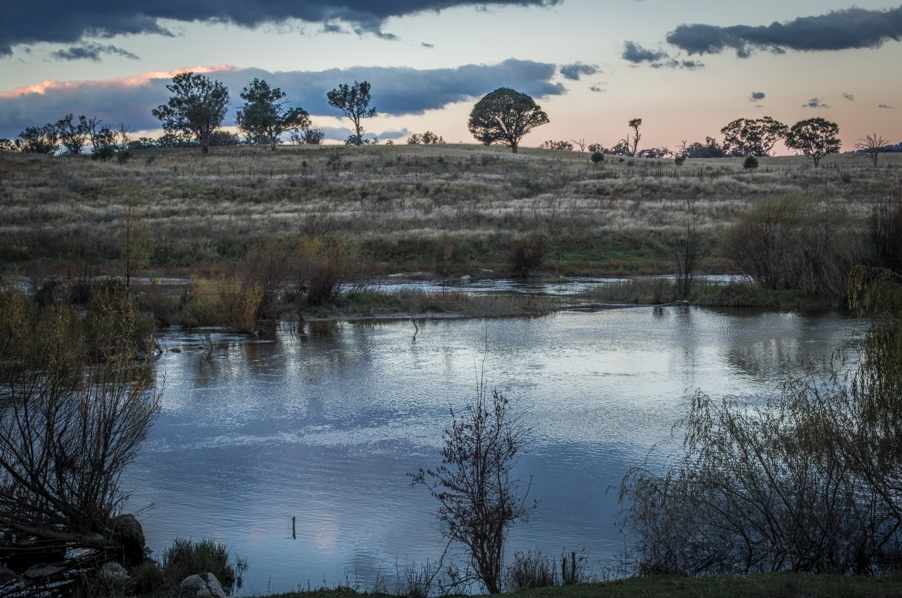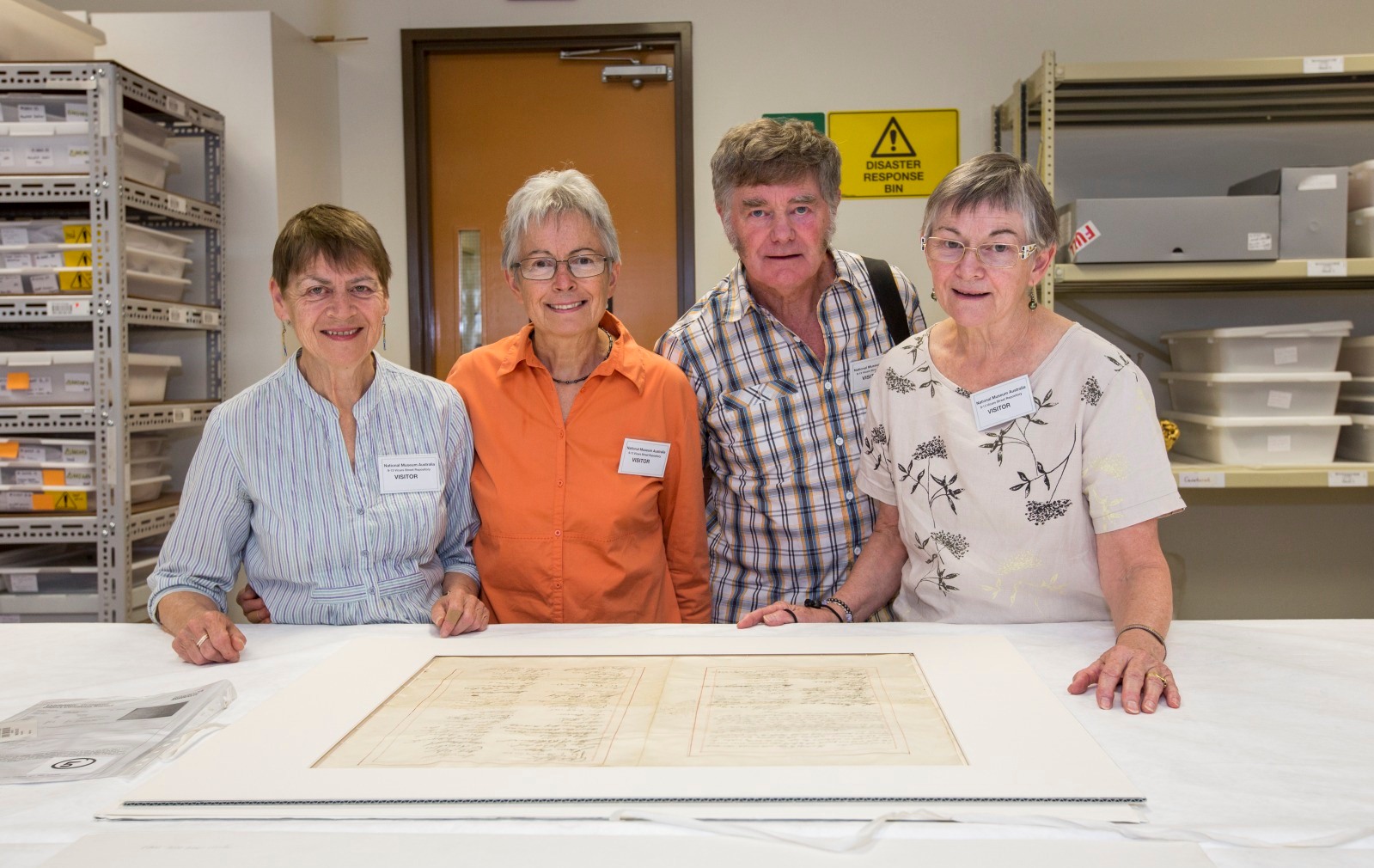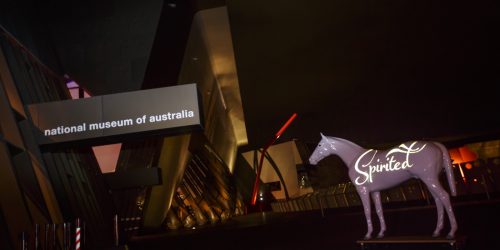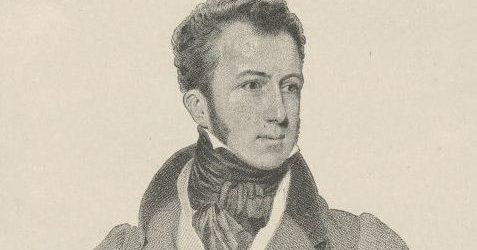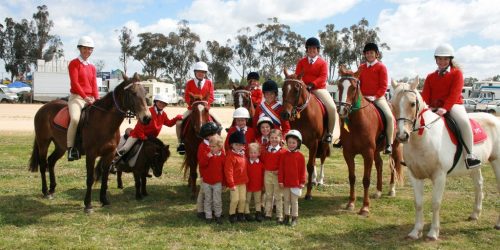The Half Way Point… and Fog

How time flies.
It’s nearly six months into my year long residency at the National Museum and there’s still so much to think about, explore, uncover and reflect upon.
I started my time here by creating a performance on the Paddle Steamer Enterprise, one of the world’s oldest paddle steamers, moored on the banks of Lake Burley Griffin. Researching its many different histories lead to a series of video projections onto the surface of the boat, while I played a soundtrack from the boat itself, turning it into an instrument for a haunting soundscape.
Following this performance I spent a month in the UK working in Alder Hey Children’s Hospital, towards a long drawn out project over a couple of years that looks at using contemporary arts practice in trauma reduction and to create evidence-based artistic outcomes. Read the diary of my time in the hospital.
Since then I have been researching for several other public outcomes at the National Museum of Australia.
On July 31st, at the Night at the Museum event, I will be presenting an interactive, immersive installation involving images of specimens from the Australian Institute of Anatomy collection. As the night is themed ‘Mystery’, I won’t say too much more about it here.
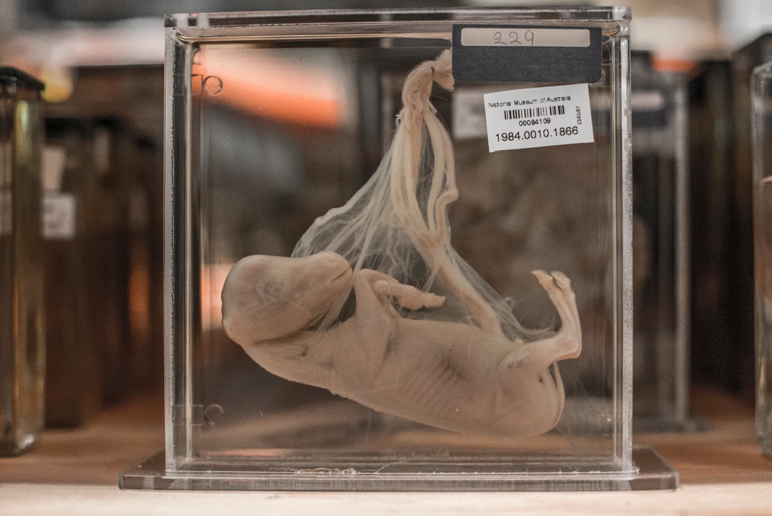
Then, I will deliver a major work that has involved many months, years even, of thinking about ways to use natural elements to interpret items and histories…
Fog Projections
Objects hold diverse histories and meanings: nostalgic, personal, factual, technical, academic. They link us to locations throughout Australia, and beyond, and to histories that have the ability to suggest possibilities for future directions. During the winter months of my residency at the National Museum of Australia, I will develop a project with the working title ‘Fog Projections’.
The Molonglo River, submerged beneath Lake Burley Griffin, still flows. It passes the National Museum of Australia on Acton Peninsula, through the monumental concrete and steel of Scrivener Dam, to join the Murrumbidgee River on the western edge of Canberra. The Murrumbidgee then connects Canberra, and the Museum’s National Historical Collection, to my home district of Narrandera, in the Riverina region of southern New South Wales. The waterway also binds some collection items to their places of origin and locations they have helped shape.
To develop ‘Fog Projections’, I am working with curator George Main. We will select Museum objects that relate to human and other life on the river system that hold diverse, questionable historical meanings, as objects with powers to reshape social, ecological and climatic realities. The items could be viewed in triumphalist terms, as having opened possibilities for expansion of agricultural development along the river system and beyond, while also prompting debate about their environmental and social impacts.
Do we celebrate these objects as enablers of agricultural development across regional Australia? Do we use them as provocateurs to learn from, to challenge and guide? Or might an honouring of agricultural knowledge and skill blend, like fog into early morning sunlight, with understandings of loss, with feelings of grief, to open new pathways for ecological and community wellbeing?
Just as these collection items can be understood differently depending on circumstance, history and viewpoint, the projections will be viewed differently depending on shifting environmental conditions: fog thickness, wind conditions, temperature and moisture. ’Fog Projections’ acknowledges the multi-dimensional realities of these objects, of our
celebrated and hidden histories, and seeks to foster cultural shifts that allow society to explore and face difficult situations now facing humanity.
The projections will take place this winter, in the cold hours approaching dawn, and could be presented as events for an interested, intrepid audience excited by the opportunity to view and participate in a unique experience.
During and after the projection events, a body of photographic and video work will be created alongside relevant text about each item, to examine the diverse, sometimes contested meanings within them, and the emergence of new meanings that eventuate.
Out over the water of the Murrumbidgee, in the early hours of pre-dawn, amongst the
shifting density of the morning fog, we will interpret and question objects as they float and move, hover, change and disappear.
